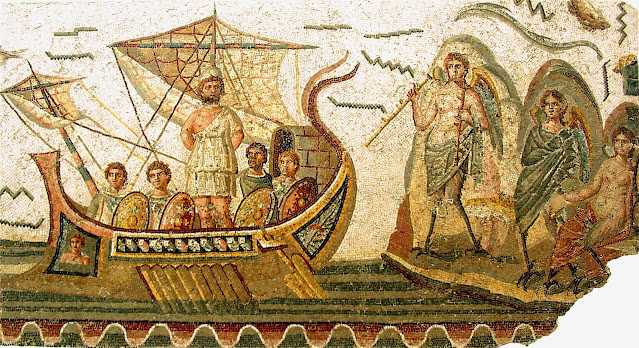Some words of wisdom

11 Short Life Lessons That Hit Hard (Even If You’ve Heard Them Before) While listening to podcasts, reading a book or scrolling through social media, some random quotes stick with you I've had the habit of writing down anything I feel I could use some day. I don’treally just keep quotes because they sound good. These aren’t from motivational posters or famous speeches. They’re lines I jotted down on a paper journal. Some are about discipline. Others about mindset. All are worth revisiting when you’re stuck or going through the motions. The 11 Words of Wisdom That Stayed With Me 1. Trees don’t hang around with grass, even though they all started in the same place. 2. Spend so much time on self-improvement that you have no time to criticize others. 3. The magic you are looking for is in the work you are avoiding. 4. If you are a friend for everybody, you are an enemy to yourself. 5. If you always do wha...






